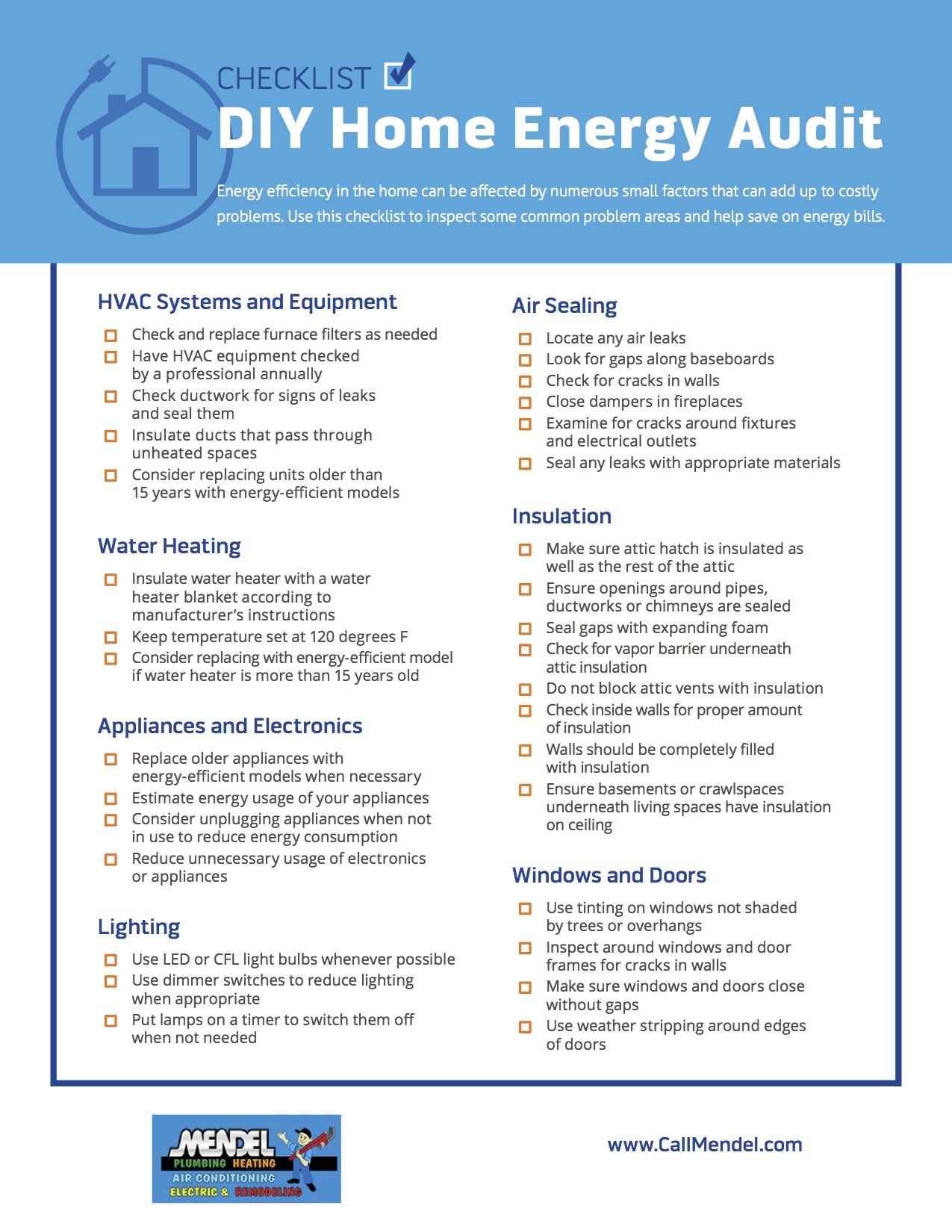Even though plumbing systems can be relatively complex, there are a few fixes and repairs that everyone should master. Major issues such as cracks in the sewage line will need to be taken care of by a professional, but minor leaks and clogs can easily be fixed with basic tools and a little bit of research. Whether you are renting your first apartment or have just purchased a brand new home, here is a look at some simple repairs you should know how to do.
Dealing with Clogs
If only one of your sinks or showers is clogged, then the debris is most likely not that far down the sewage line. That means you should be able to take care of it with an over-the-counter clog remover. Those who don’t want to use harsh chemicals can also make their own clog remover out of baking soda and vinegar. Homeowners should immediately call a plumber like Knights Plumbing & Drain if multiple sinks, toilets, or showers become clogged at the same time. Deeper clogs can only be broken apart with specialized tools.
Fixing a Leaky Faucet
A single leaky faucet in your home could end up wasting hundreds of gallons of water a month if you don’t take care of it right away. Fixing a leak might seem intimidating, but this job is relatively straightforward as long as you are careful and meticulous. Most leaks can easily be fixed by tightening a handle or replacing an O-ring. Before fixing a leak, you must first shut off the faucet and plug the drain to prevent water damage.
Relighting the Water Heater
One of the most common problems that homeowners run into is the water heater’s pilot light going out. The vast majority of water heaters have a visible valve with a “pilot” position. After turning the valve to that position, you then need to use a lighter with a long neck to relight the flame. Homeowners should never attempt to relight a water heater if they smell gas.
Replacing a Shower Head
Upgrading or replacing an old shower head requires nothing more than an adjustable wrench and some plumber’s tape. The old shower head can be removed by loosening the single connecting nut until the entire shower head comes off. You must then wrap the exposed threads with plumber’s tape to prevent leaks. The final step is to attach the new shower head by turning it clockwise on the threads before tightening the connecting nut.
In order to carry out most plumbing repairs, you are going to need a decent set of tools. At the very least, every homeowner should have a combination wrench set, a plunger, pliers, an adjustable wrench, duct tape, and a caulking gun. These few tools will allow you to take care of minor clogs, slow leaks, and other basic repairs.










